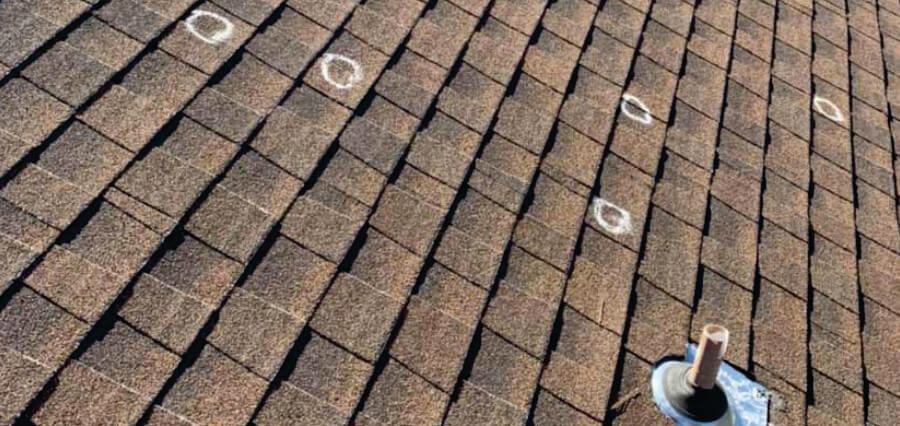The roof is perhaps the most critical component of your home, serving to keep you and your belongings safe from the elements. Strong winds can dislodge shingle and blow away panels exposing the wooden frame and giving access to the ceiling. Branches and twigs from nearby trees can also fall on the roof and damage it. Heavy rain and hail can also damage your roof, especially if it is old and weak. While you can only repair a damaged roof, fortunately, you can take several steps to prevent damage by severe weather. Some handy pointers:
Seal the Roof
A roof damaged by extreme weather can allow the entry of water, which can damage the inside of your home. A roof unable to handle the stormy wind and heavy rain can make it possible for water to enter the home, which is why you will do well to apply a waterproof sealant on the roof’s surface. It will be an extra barrier to protect the roof against heavy rainfall that usually accompanies storms. Roof sealing is even more important if your roof is flat because water can pool. According to Forbes, if you notice extensive water staining or dampness, you may wish to call in a professional roofing agency to assess and repair the damage in time.
Clear Gutters
Water can accumulate on the roof if it cannot drain away through the gutters due to leaves, garbage, and other debris clogging them, observes a Wegner Roofing & Solar engineer. You must clean the gutters at least once every six months, especially before the rainy season and after fall. Removing the debris by hand and hosing down the gutters will usually do the trick. Beware of using pressure hoses, as you can damage the roof and the gutters if you are not careful. Installing covers over the mouth of the gutters can reduce the risk of clogging.
Trim Nearby Trees
If you have trees overhanging the roof, you should trim them. Trees can easily topple over, and large branches can break and crash on your roof, causing extensive damage during storms. The advantage of trimming trees is fewer leaves and twigs fall on your roof and clog the gutters. While you can trim the trees yourself, taking adequate care, it may be better to call a professional tree trimming service if the trees are large. If you find dead or weak branches, you should arrange to remove them. The entire tree may require removal if it is structurally compromised.
Remove Loose Objects Outdoors
You must remove all objects not securely attached to the ground, like patio furniture, barbeques, toys, etc., from your yard before the storm season or in case of a weather alert. These beautiful and usually innocuous objects can become dangerous projectiles if the wind picks them up and flings them against the roof and windows.
Conclusion
The best thing is to conduct periodic roof inspections, especially after the storm has passed, to ensure you can spot roof damage before they become serious. In addition to the exterior, you should also check the attic and the interior walls for signs of damage.


